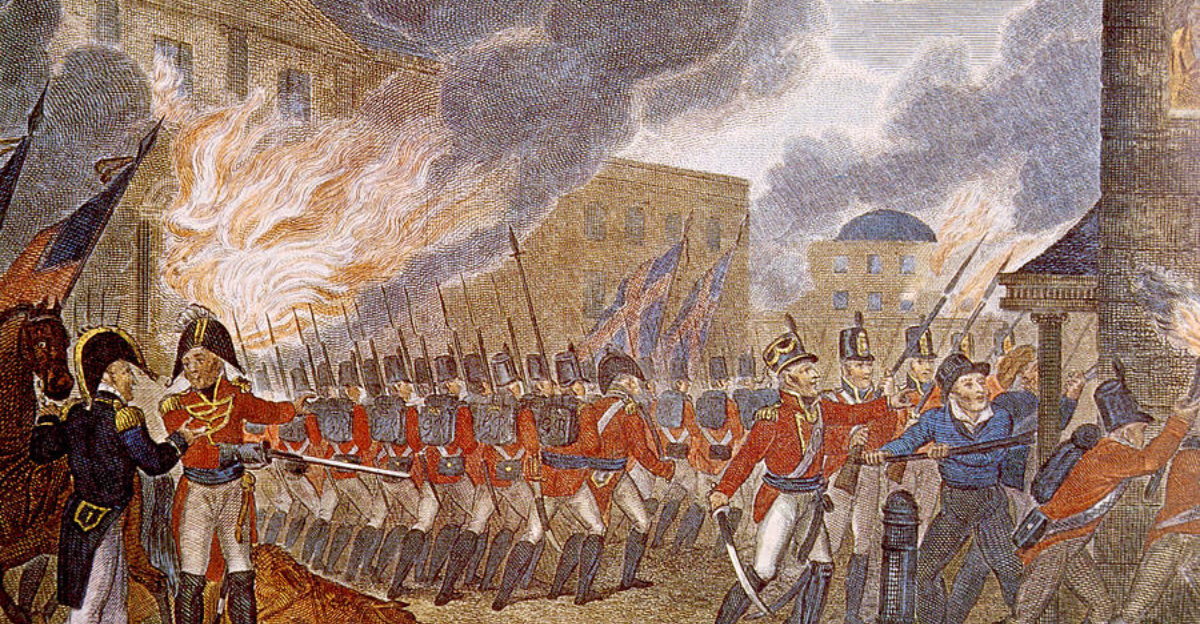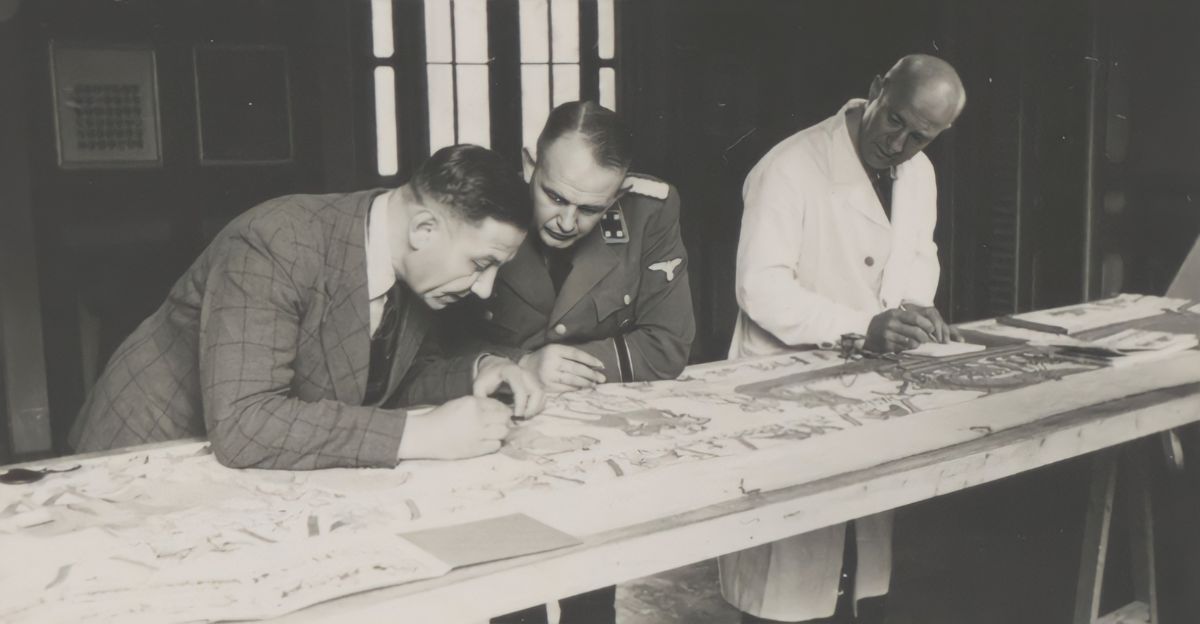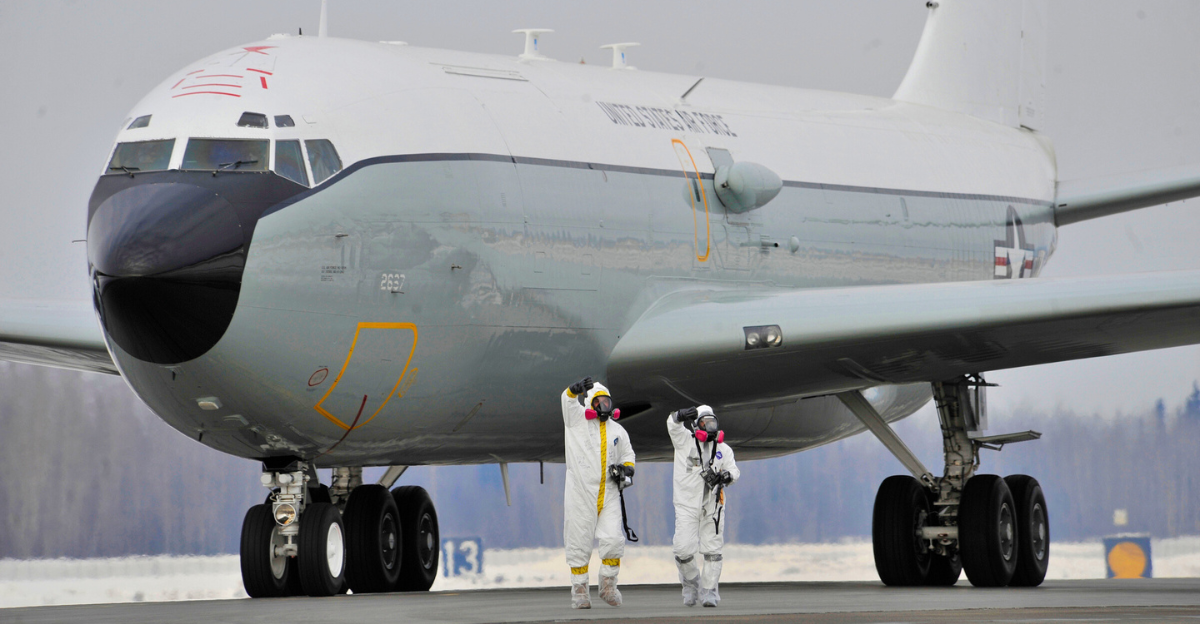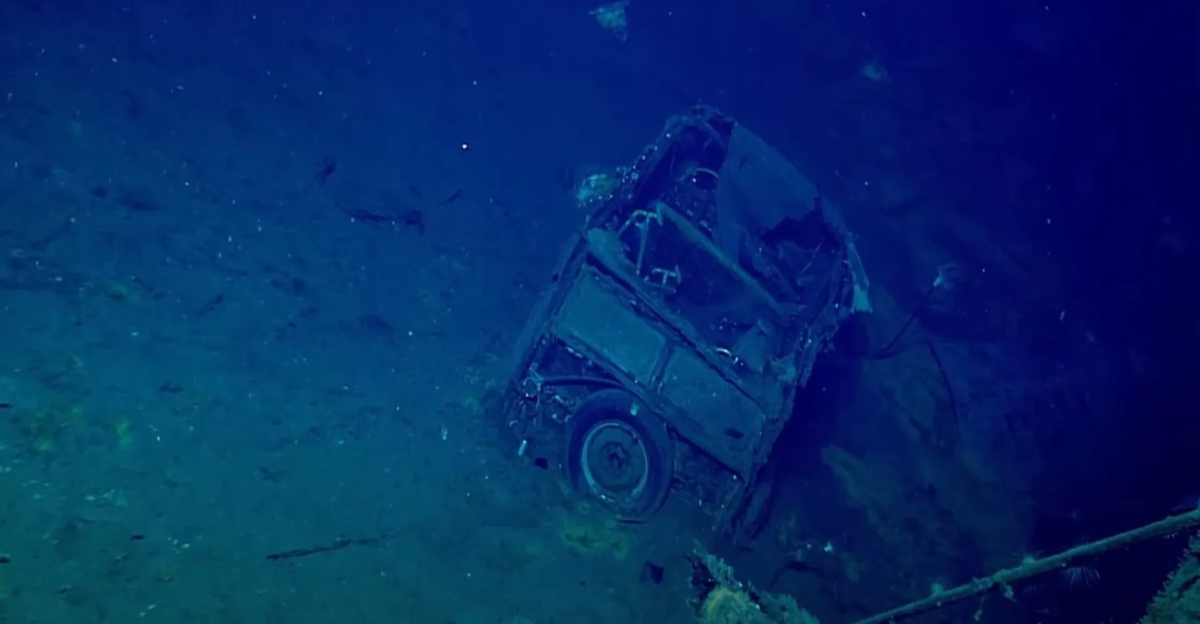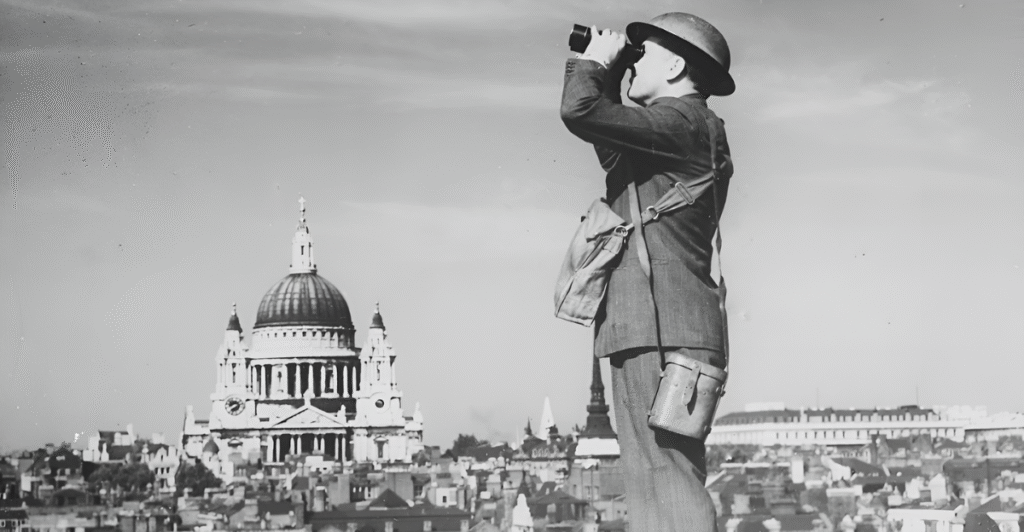
On December 29, 1940, London experienced one of the deadliest air raids in history. The Luftwaffe dropped thousands of incendiary bombs from the air, setting the city on fire. St. Paul’s Cathedral was surrounded by fire and smoke, and no one knew if it would survive. The night sky glowed red as flames destroyed the city, threatening this iconic symbol of London.
Churchill’s Command
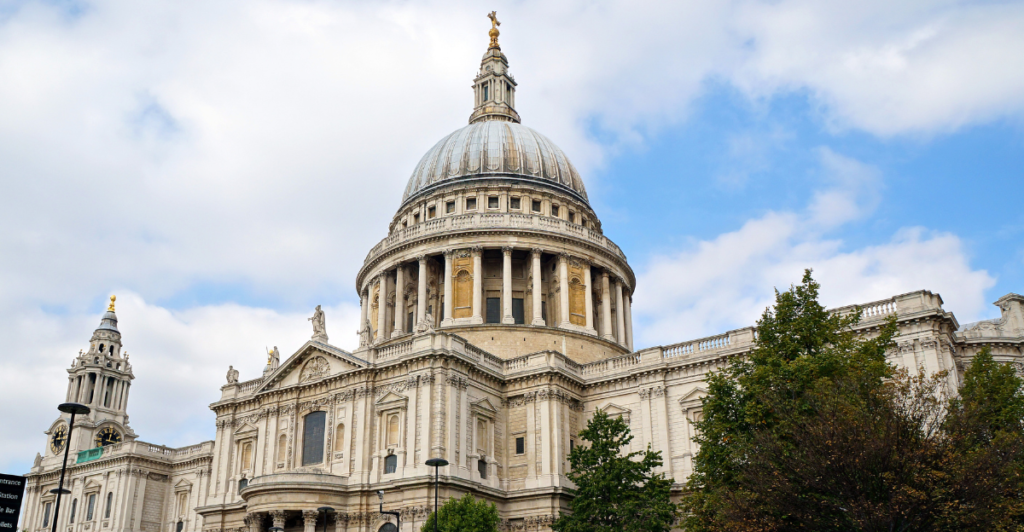
Winston Churchill knew that St. Paul’s Cathedral was an important symbol of British resilience. He acted quickly and ordered firefighters and volunteers to protect the cathedral at all costs. Even though London was being destroyed, saving St. Paul’s became a top priority. This directive inspired heroic efforts to keep the dome intact, even while the rest of London burned fiercely around it.
The St Paul’s Watch
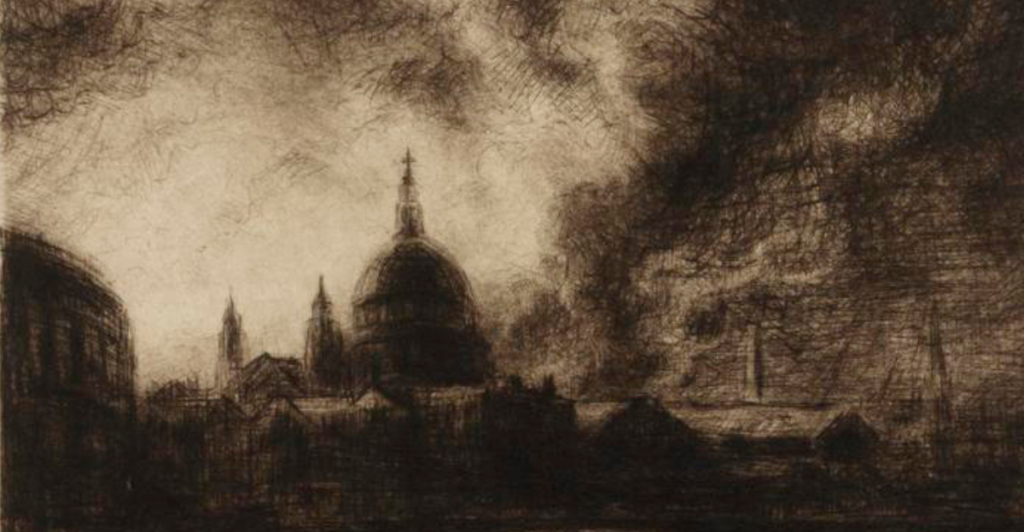
A group of volunteers called the St Paul’s Watch guarded the cathedral overnight. Equipped with buckets, sandbags, and stirrup pumps, they battled incendiary bombs landing on the roof. They worked tirelessly through the night, focusing on preventing the fires from spreading to the wooden beams beneath the dome, risking their own lives to save the historic landmark.
Bombs on the Dome

That night, St Paul’s was repeatedly struck by incendiary bombs. One bomb even burned through the lead roof and nearly set the cathedral’s wooden framework on fire. Luckily, it happened to fall onto the Stone Gallery, and firefighters quickly smothered it with sandbags. This narrow escape prevented the dome from catching fire, preserving the cathedral’s iconic silhouette against the burning city.
The City Burns
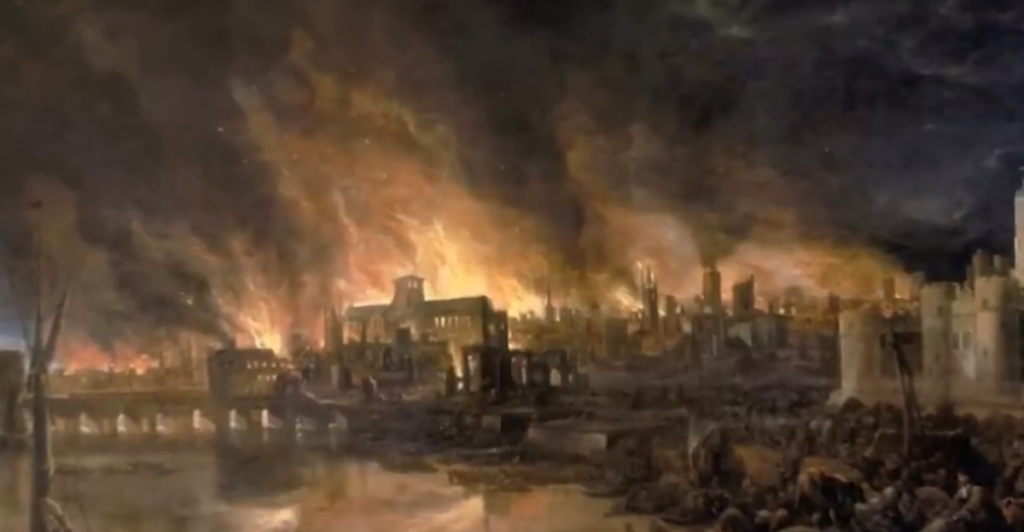
Although St Paul’s survived, much of the surrounding area was terribly damaged. Hundreds of buildings, including churches and historic landmarks, were destroyed. The “Second Great Fire of London” claimed over 160 lives and injured hundreds more. The city’s skyline was forever changed, but the cathedral remained.
Herbert Mason’s Vigil
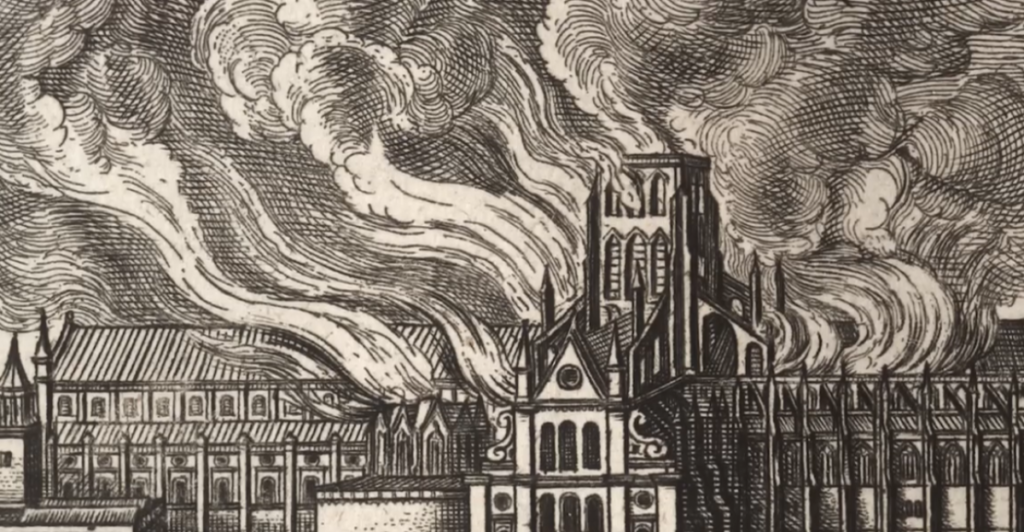
Herbert Mason, a Daily Mail photographer, waited on the newspaper’s rooftop during the raid. He patiently watched the smoke and flames as he hoped to capture a moment that symbolized hope. As the city was engulfed in fire, the cathedral’s dome emerged through the smoke, illuminated by the fires below. Mason was prepared to take what would become an iconic photograph.
The Iconic Photograph
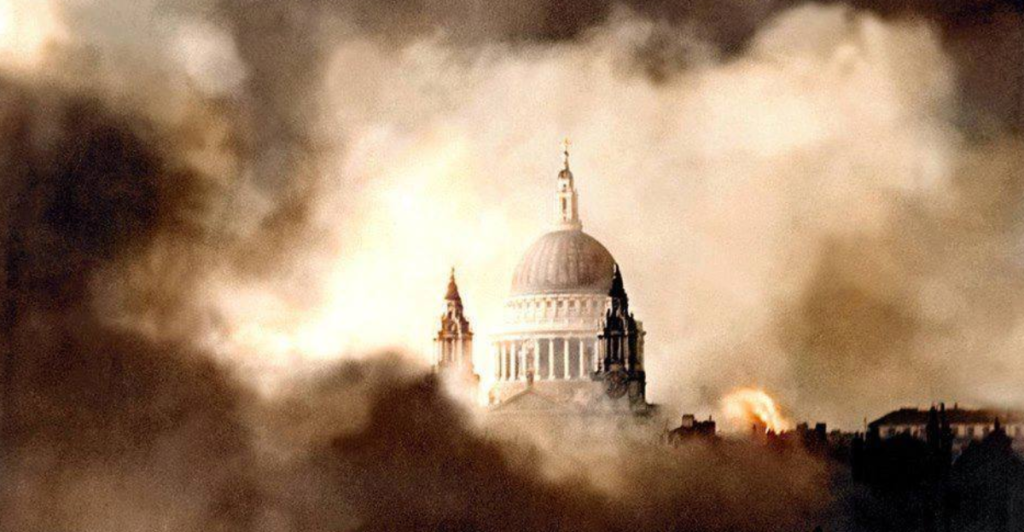
At the perfect moment, Mason snapped the photo of St Paul’s sticking out from above the smoke and flames. The image showed the cathedral standing tall amid destruction, a symbol of endurance. Two days later, the famous photo was published and hailed as “War’s Greatest Picture,” capturing the spirit of a city refusing to be broken by war.
Symbol of Resilience
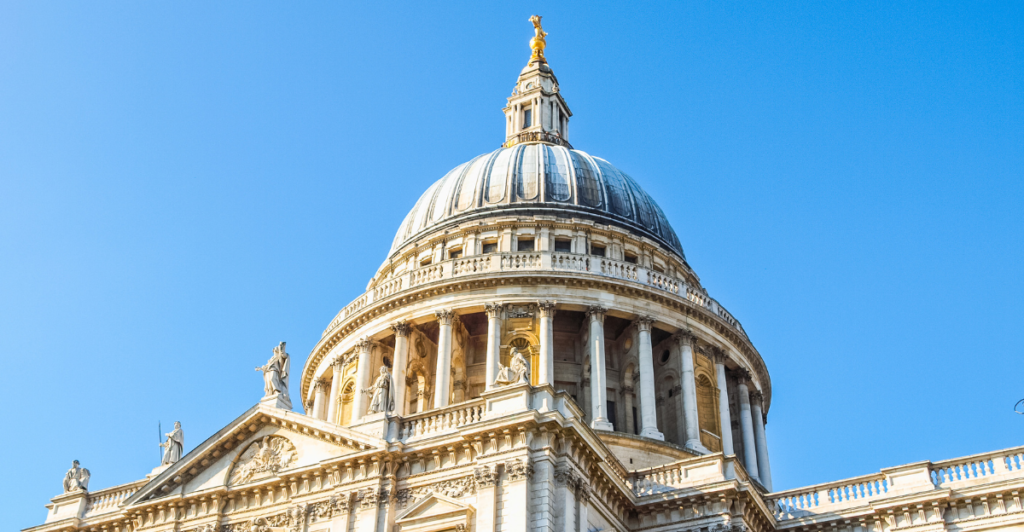
The photo became a powerful symbol of British courage and unity. It served as a reminder that, despite the devastation, St. Paul’s and Britain stood firm. The image lifted the public’s morale during a dark time, inspiring hope and determination. It symbolized the nation’s refusal to surrender, standing strong against the horrors of war.
The Picture’s Legacy
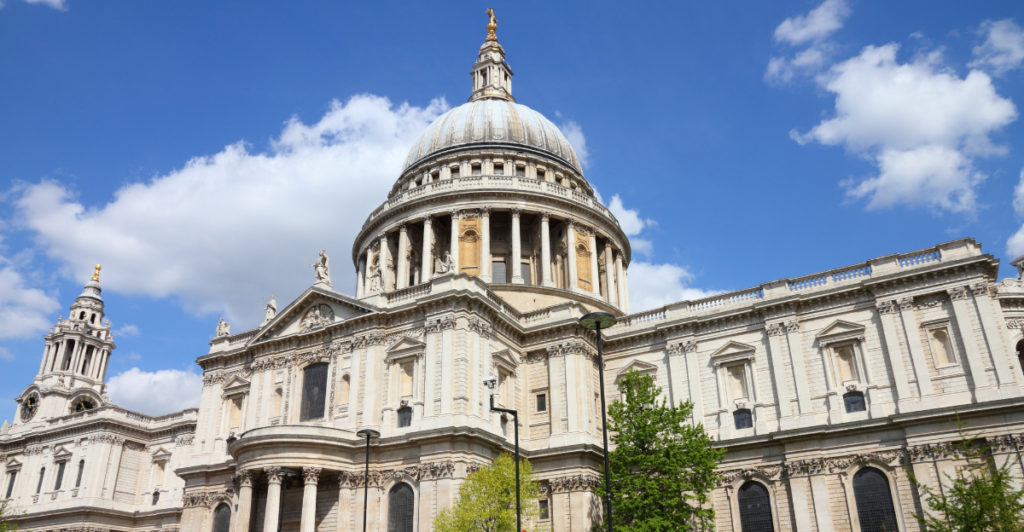
Although the photo has been retouched for clarity, its impact lasts to this day. The photo immortalized St Paul’s as a symbol of survival and strength. It is one of World War II’s most famous photographs and reminds generations of the resilience that helped Britain endure its darkest hours and eventually prevail.
Remembering the Night
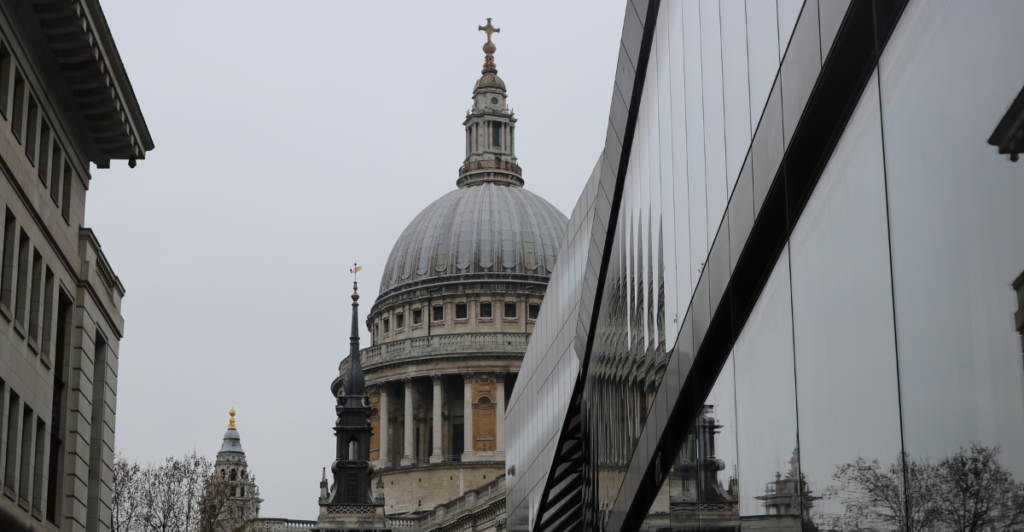
Decades later, the story of St Paul’s survival continues to inspire thousands across the globe. The night the cathedral stood unscathed amid destruction symbolizes hope and perseverance. It teaches us about the power of courage and community in times of crisis.

